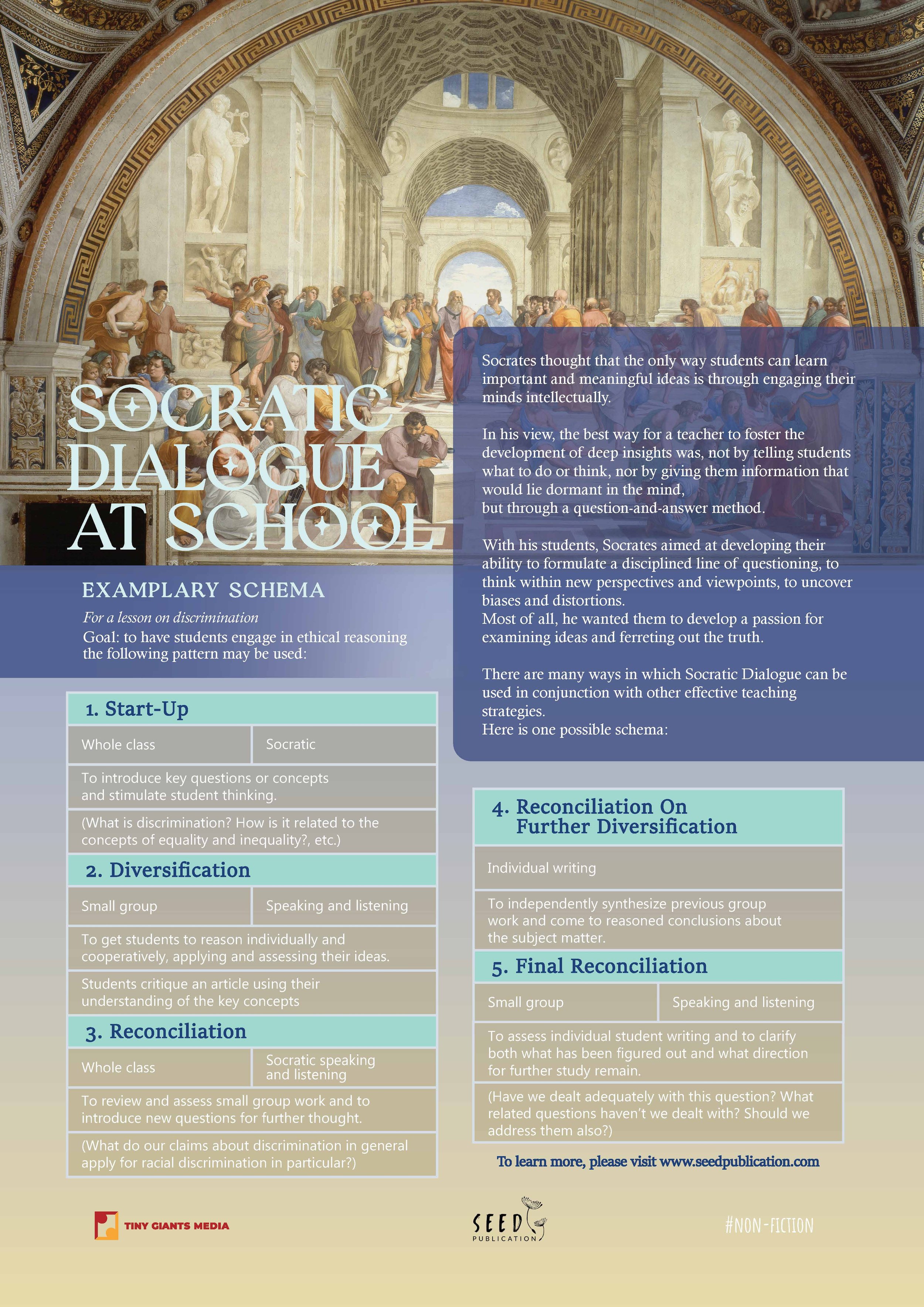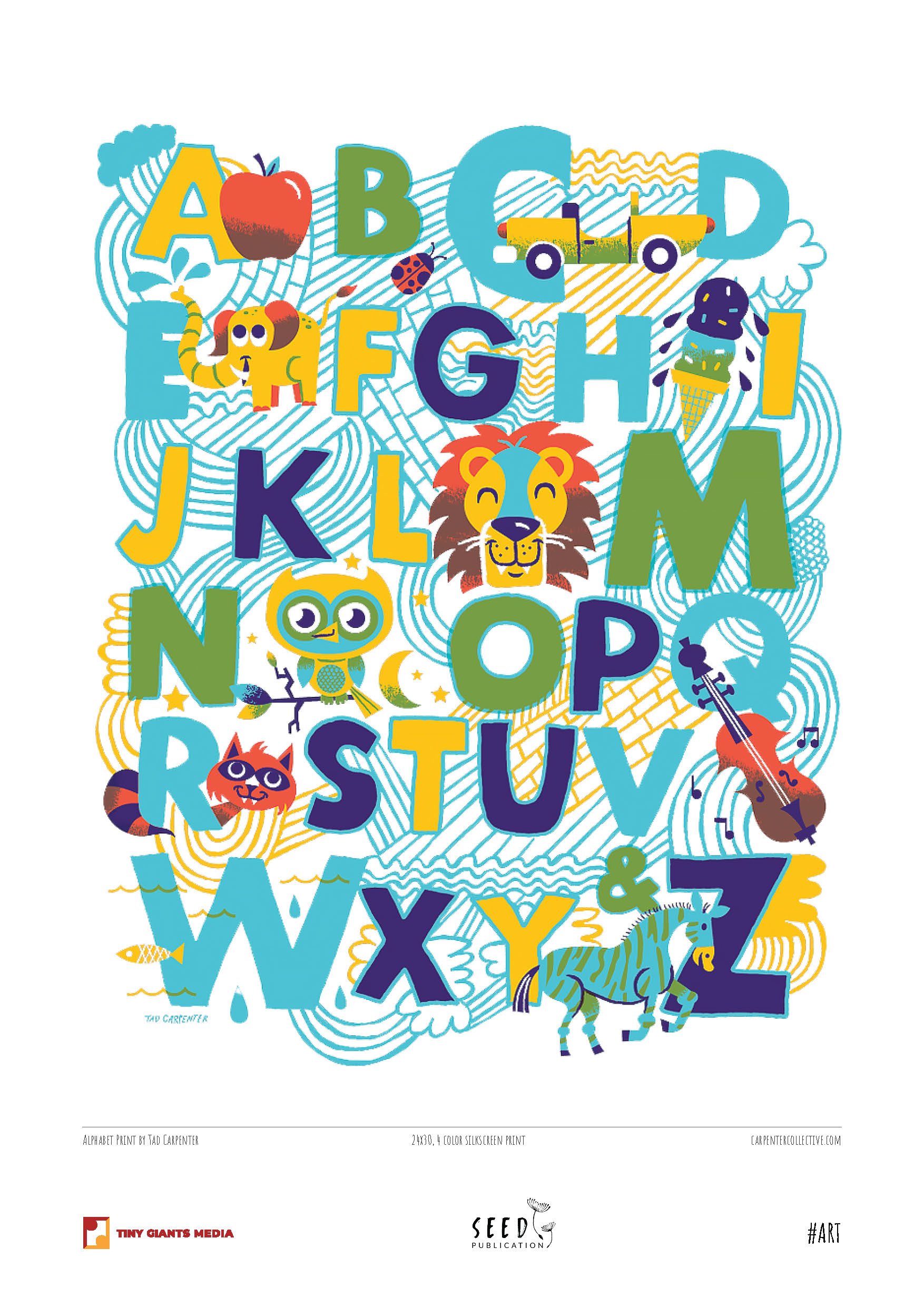Socratic Dialogue at School.

Source: The thinker’s guide to The Art of Socratic Questioning. Based on Critical Thinking Concepts & Tools. By Dr. Richard Paul and Dr. Linda Elder, 2006.Socrates thought that the only way students can learn important and meaningful ideas is through engaging their minds intellectually.
In his view, the best way for a teacher to foster the development of deep insights was, not by telling students what to do or think, nor by giving them information that would lie dormant in the mind, but through a question-and-answer method.
With his students, Socrates aimed at developing their ability to formulate a disciplined line of questioning, to think within new perspectives and viewpoints, to uncover biases and distortions.
Most of all, he wanted them to develop a passion for examining ideas and ferreting out the truth.
There are many ways in which Socratic Dialogue can be used in conjunction with other effective teaching strategies.
Here are two possible schemas:
Schema One
For a lesson on discrimination: to have students engage in ethical reasoning the following pattern may be used
Start-Up
Whole class - Socratic
To introduce key questions or concepts and stimulate student thinking.
(What is discrimination? How is it related to the concepts of equality and inequality?, etc.)
Diversification
Small group - Speaking and listeningTo get students to reason individually and cooperatively, applying and assessing their ideas.
Students critique an article using their understanding of the key concepts
Reconciliation
Whole class - Socratic speaking and listeningTo review and assess small group work and to introduce new questions for further thought.
(What do our claims about discrimination in general apply for racial discrimination in particular?)
Reconciliation on further diversification
Individual writingTo independently synthesise previous group work and come to reasoned conclusions about the subject matter.
Final reconciliation
Small group - Speaking and listeningTo assess individual student writing and to clarify both what has been figured out and what direction for further study remain.
(Have we dealt adequately with this question? What related questions haven’t we dealt with? Should we address them also?)
Schema Two
For a lesson on critical reading: to help students gain skill in critical reading through practice.
Start-Up
Whole class - SocraticTo introduce what are we going to learn: what concepts make it intelligible
(The purpose of critical reading is…)
Modelling
Whole class - Listening / observingTo model reading and learning in such a way as to facilitate their grasp of how to do it.
(“OK, now I’m going to model critical reading. I’ll go very slowly and explain why the questions and thoughts that I come to are part of my critical reading. Be sure to ask any questions you have about why am I doing what I am.”)
Performance
Individual or group practiceTo give students structured opportunities to practice the skill
(Students in small groups practice critical reading by reading aloud to others. Individually, students make notes in the margins of their reading.)

Want to get in touch?
More like that:





























